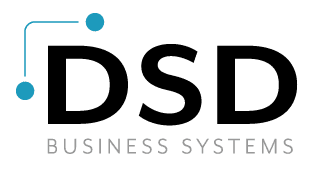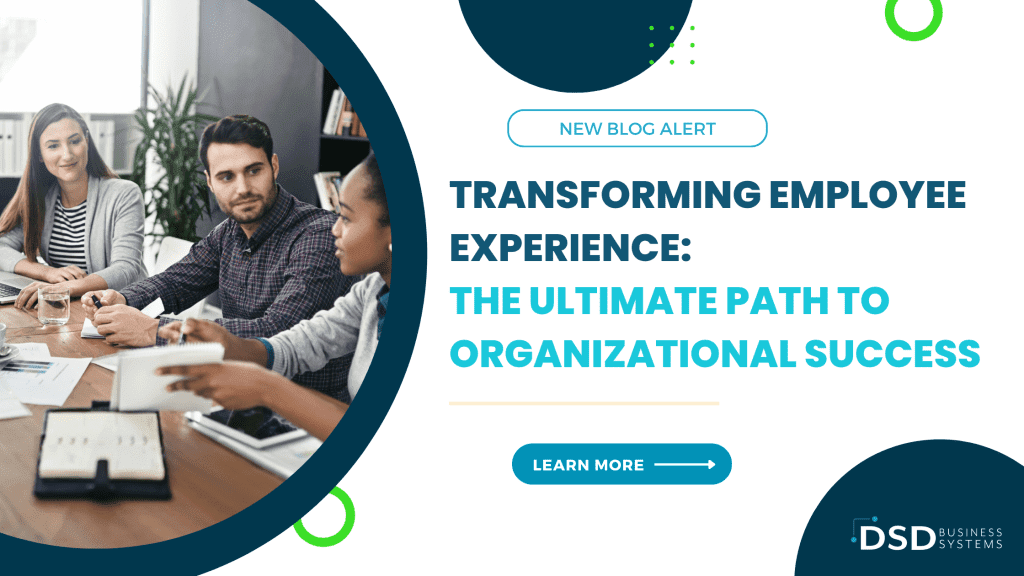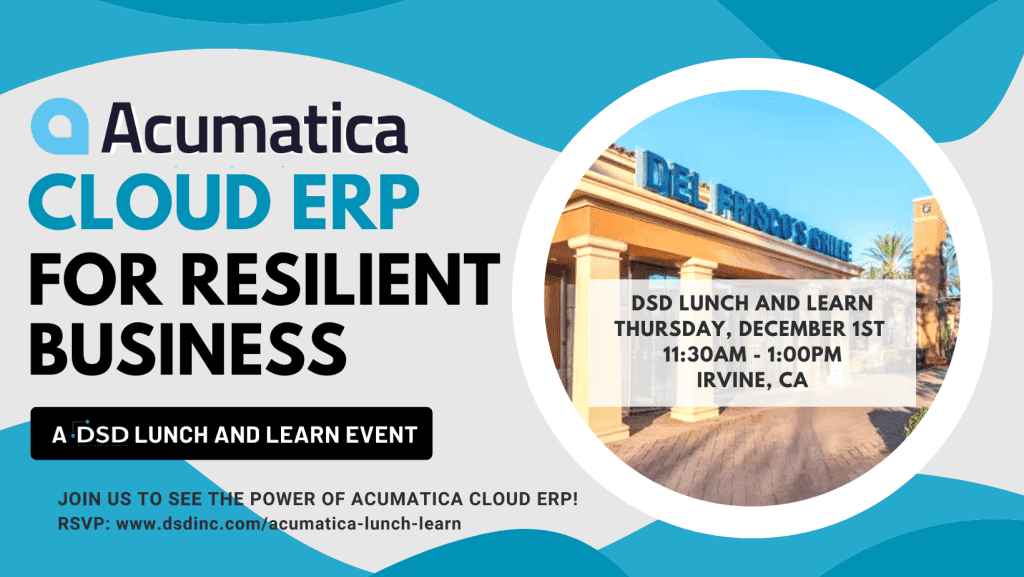ERP DATA MIGRATION & CONVERSION – PLANNING FOR SUCCESS
In a recent blog series, we looked at unrealistic ERP expectations for buyers, providers, and publishers respectively, in order to recognize, correct or avoid potential problems down the road.
In our newest series, we will take a look at ERP data migration – one of the most challenging aspects of any new system implementation. This is particularly true when the old system is written in legacy code, for which there is little or no support. And it is doubly true when the old system has been installed on proprietary hardware, or on an operating system that is no longer commonly used.
When beginning any type of ERP conversion, like most Enterprise projects, planning is essential to not only getting it right, but in keeping projects costs to a minimum and insuring the security of your data. There are many factors that can contribute to the success or failure of your data migration. Identifying and addressing each can mean the difference between seamless success and costly failure.
Primary Success Factors – Controlled vs. Uncontrolled
The Primary Success Factors that govern the outcome of any data migration are shown below. For each of these factors, I have included three indicators of likely success – control, predictability, and backup. “Control” simply predicts how much control you will likely have over this success factor (High/Medium/Low). “Predictability” is a measure of whether or not random variations could affect this success factor (High/Medium/Low). And “Backup” simply indicates whether or not a reasonable contingency plan can be developed for this success factor, in the event that things don’t break your way (Yes/No). For all those factors whose “Backup” indicator is “No”, you better get it right the first time!
The Primary Success Factors are:
- Getting the active support of your Executive Management Team (EMT). The best way to get their support is to let them know what failure would mean to their ability to conduct business. Control: High Predictability: High Backup: No.
- Quality of your Data Migration Team (DMT). Make sure that they each have skin in the game, that they are motivated to achieve a successful outcome, and that they are the most knowledgeable people in their department, concerning their department’s data needs. Control: High Predictability: High Backup: No.
- Quality of the working environment of the DMT. A separate, dedicated environment should be built for the DMT. It must include access to both the legacy and the new system, and it should be isolated, as much as is practical, from interruptions. Control: High Predictability: High Backup: No.
- Data quality on your legacy system. This might be the single weakest link in your data migration effort. On older systems that have been in use for a decade or more, data corruption can be a significant problem, particularly if reliable tools aren’t available for fixing that corruption. Control: Low Predictability: Low Backup: Yes (but they’re not good).
- Completeness of your Data Migration plan. Consider the effects on your staff, and on your business activities. Construct the plan in a way that optimizes conversion costs, data quality, and downtime. Control: High Predictability: High Backup: No.
- Quality of execution of the plan. The important thing is to know in advance that things will go wrong, and to develop a backup plan for the least predictable areas. Control: Medium Predictability: Medium Backup: Yes.
As you can see, some of these factors are completely within your ability to control, if you create a solid plan and execute it. But some are not in your control, and it’s unrealistic to expect that everything will go as planned. So, having a backup plan is strongly recommended, for those areas in which you have the least amount of control.
In our next installment on ERP Data Conversions, we will take a closer look at best practices for putting together your Data Migration Team (DMT) to insure project success.
About DSD
DSD offers NetSuite Cloud ERP, NetSuite CRM, NetSuite eCommerce, Sage 100 ERP (formerly MAS 90), Sage 300 ERP (formerly Accpac), Sage 500 ERP (formerly MAS 500), Sage FAS, Sage HRMS (formerly Abra), Sage CRM, Sage SalesLogix, Sage Add-Ons (Extended Solutions), and Custom Programming. DSD has been a multi-time Sage President’s Circle award winner, a two-time Sage Gold Development Partner of the Year recipient, has been recognized by the San Diego Better Business Bureau (BBB) as a Torch Award Finalist (2009) and Torch Award Winner (2010) for Marketplace Ethics, and has been recognized by the Council of Better Business Bureaus as a 2012 International BBB Torch Award Finalist for Marketplace Excellence.








